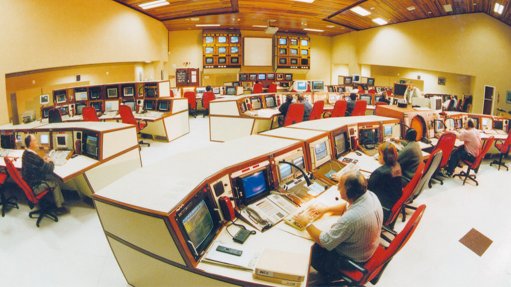
The ‘South African Defence Review 2012’, released to the public at the end of last month (despite the reference to 2012 in its title) recommends the creation of the post of chief defence scientist. This official would be responsible for the management of defence technology development in the country.
“Defence technology development is generally a long-term process that only shows returns after an extended period of investment,” notes the defence review in Chapter 15. “This demands a long-term approach to planning, funding and managing, one that extends over the expected life of the technology. This is not amenable to the normal open-tender contracting process, implying that the management of defence technology research and development (R&D) requires a management approach that is significantly different to that adopted in business-focused private bodies or even that adopted by academic institutes.”
Given these circumstances, a chief defence scientist would have a broad remit over defence research and be specifically responsible for the definition, establishment and maintenance of defence R&D requirements. He or she would be expected to have a tight focus on these concerns to avoid duplication of research efforts, capacities and capabilities, and thereby avoid wasting resources.
The chief defence scientist will also determine what technology areas will have priority. The review, however, suggests a preliminary list of 17 such priorities. These are command and control, information warfare (at all levels of war), systems integration, secure communications, information technology (including data fusion technology), intelligence gathering sensor and analysis and evaluation technology, unmanned systems (air, ground, maritime – both surface and submarine), missile and other precision guided munitions technologies, night and poor visibility vision (observation and engagement) technology, electronic warfare technology, rugged tactical vehicles optimised for African operations, mine and improvised explosive device detection and protection technology, artillery (including precision bombardment and point target engagement) systems, chemical and biological and radiological defence (including military carbons and canisters), battlefield medical care (optimised for African environments) and modelling and simulation.
Meeting strategic technology R&D objectives will need long-term funding for all relevant agencies – public and private defence institutes, research entities, academia and industry. Such funding should be prioritised for the identified strategically important technologies and capabilities, although other technologies of “particular importance”, especially if they have “wider economic and developmental potential”, could also be prioritised for funding.
The range of activities that would receive such funding include Department of Defence in-house R&D in areas that are sensitive, specialised or niche, background science and technology research at universities, focused research and product development by defence companies and specific projects proposed by universities and companies. Other programmes that would be funded would be targeted research and technology development by the Council for Scientific and Industrial Research (CSIR) – which would include modelling and simulation, test and evaluation, as well as systems integration – and the design and assembly of technology demonstrators (to reduce the risks for future acquisition programmes and/or ensure that the Defence Force continues to be an informed purchaser of specific categories of defence equipment).
The defence review lists some of the country’s current State defence R&D agencies and facilities. These include the Armscor Defence Institutes (Alkantpan, Armour Development, Defence Decision Support Institute, Eclipse, Ergotech, Flamengro, Gerotek, Hazmat, the Institute for Maritime Technology and Protechnik). This then is the CSIR’s Defence, Peace, Safety and Security unit, with its Defence Evaluation and Research Institutes (DERIs) – the Aeronautics DERI, the Electronics DERI, the Landward DERI and the Special Forces DERI – as well as the Paardefontein antenna test range and the Paardefontein blast range. Finally (in purely alphabetical terms) there is State-owned defence industrial group Denel’s Overberg test range (OTR). The OTR can undertake flight test operations, the test and evaluation of air-, ground- and ship-launched weapons, combat systems and even provide some satellite support.
Should the post of chief defence scientist be created, it will bring South Africa into line with leading defence technology countries. For example, Britain has effectively had a permanent peacetime chief defence scientist post since 1948, although the current title of chief scientific adviser was only adopted in the 1960s.